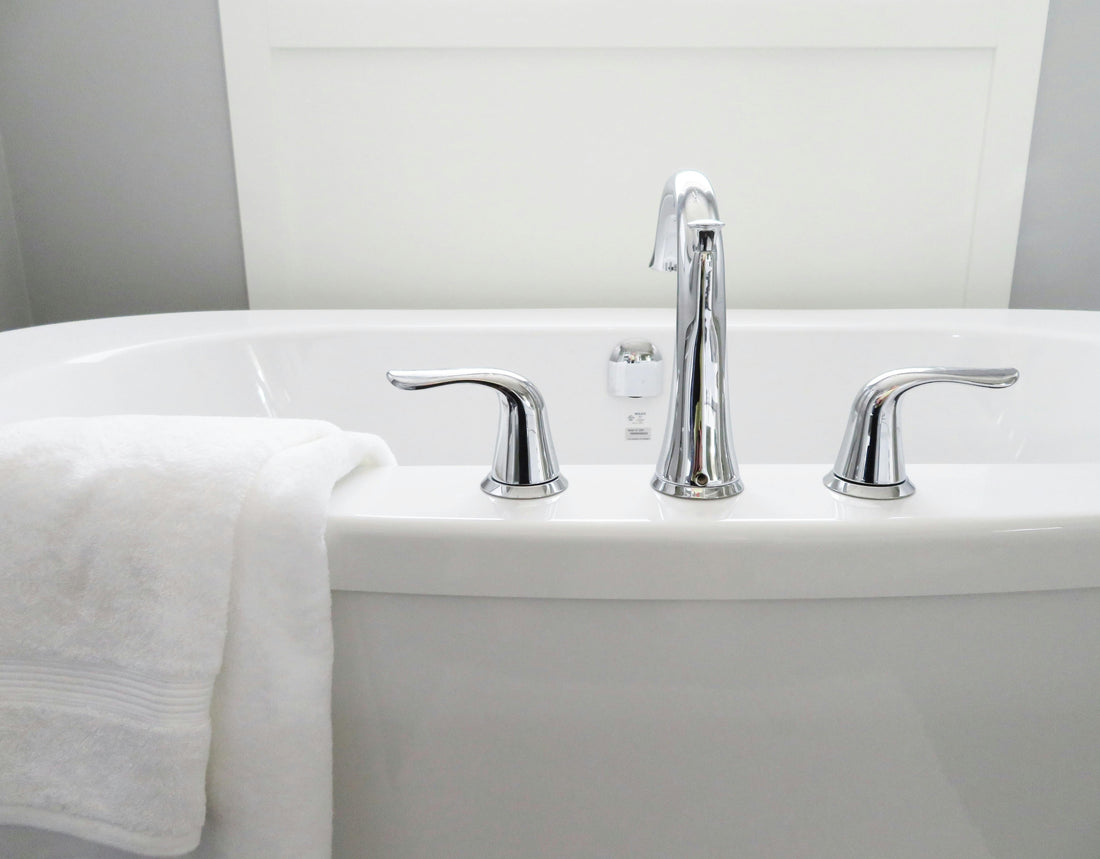
Should You Use Ice Baths After a Workout?
Share
Introduction
Cold-water immersion, or taking an ice bath after a workout, is a popular recovery method among athletes. It’s believed to reduce soreness, swelling, and help muscles feel better faster. But is it really helping your muscles recover, or could it actually slow down your progress? A new study has taken a closer look—and the results might surprise you.
What Is Cold-Water Immersion?
Cold-water immersion involves soaking your body, or part of it, in cold water (typically around 8°C or 46°F) for about 10–20 minutes after exercise. Many athletes use it to ease muscle pain and reduce inflammation. But scientists have started to ask whether it also affects how well muscles recover and grow in the long term.
The Study: Cooling One Leg, Keeping the Other Warm
To find out how cold affects recovery at the muscle level, researchers had 12 active young men do a resistance training workout. Afterward, they put one of each participant’s legs in cold water (8°C) and the other leg in warm water (30°C) for 20 minutes. This allowed the scientists to compare the effects of cold vs. warm recovery in the same person.
After the immersion, participants drank a protein- and carbohydrate-rich recovery drink. The researchers then measured blood flow in the muscles and how well amino acids (the building blocks of protein) were used by the muscles over the next few hours.
Key Findings
-
Blood Flow Was Lower After Cold Water
The leg that was cooled had significantly less blood flowing through its small muscle vessels compared to the warm leg. This reduced blood flow lasted up to 3 hours after immersion.
-
Muscle Protein Building Was Blunted
Even after drinking a protein-rich shake, the cold leg incorporated fewer amino acids into muscle protein than the warm leg. In fact, protein synthesis in the cold leg was about 30% lower.
-
Cooling May Reduce Nutrient Delivery
The researchers found that lower blood flow in the cold leg was closely linked to lower muscle protein building. This suggests that cooling slows down how well nutrients like amino acids reach the muscle tissue.
Why This Matters
After a workout, your body needs good blood flow to deliver nutrients to your muscles. This helps repair damage and build stronger muscle fibers. If cold water limits this process, it might mean that using ice baths regularly could interfere with your long-term gains.
Is There Ever a Good Time to Use Ice Baths?
Ice baths might still be helpful in certain situations. For example:
- After a very intense competition or long endurance event, where quick recovery is more important than building muscle.
- When dealing with muscle soreness or injury, where reducing pain and swelling is the priority.
- If used occasionally rather than after every workout.
But if your goal is to build muscle, increase strength, or improve performance over time, frequent cold-water immersion might actually slow your progress.
Better Recovery Alternatives
If you want to recover well and still support muscle growth, try these options:
- Eat a meal or shake rich in protein and carbs soon after your workout.
- Stay hydrated to support blood flow and nutrient delivery.
- Use light movement or stretching to keep your circulation going.
- Get good sleep, which is crucial for muscle repair and overall recovery.
Conclusion
While ice baths may feel refreshing and help with soreness, they may also reduce the blood flow and amino acid delivery that muscles need to grow stronger. This new research suggests that cold-water immersion right after resistance training could slow down your recovery at the cellular level.
So, unless you’re dealing with extreme soreness or competing often, it might be better to skip the cold bath and stick to proper nutrition and rest. Your muscles will thank you later.
